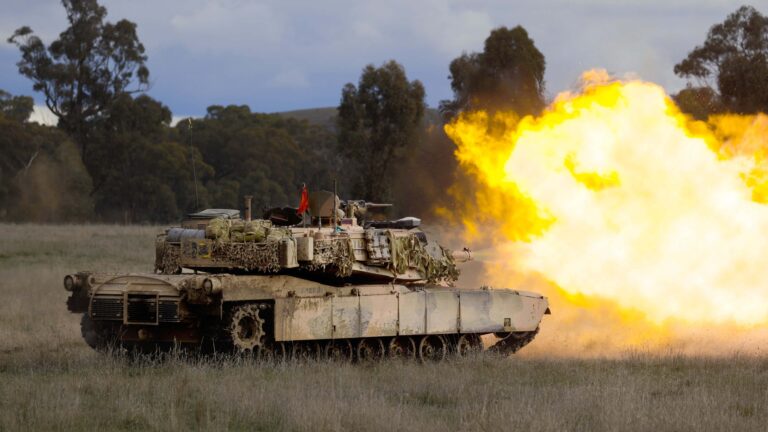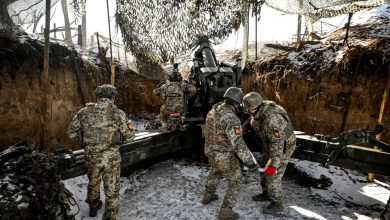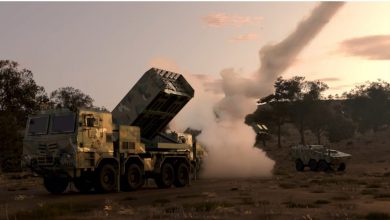Australia Sends First Batch of Retired M1A1 Abrams to Ukraine

Australia’s Department of Defence has dispatched an initial tranche of M1A1 Abrams main battle tanks pledged to Ukraine amidst the Russian invasion.
The announcement follows an April update in which the shipments were revealed to have been delayed due to a series of international clearances.
Australian Prime Minister Anthony Albanese verified the delivery in person to Ukrainian President Volodymyr Zelensky on the sidelines of Pope Leo XIV’s inaugural mass in Vatican City, ABC News reported.
Main Battle Tanks to Frontlines
Kyiv confirmed its intent to adopt Canberra’s decommissioned M1A1 fleet in February 2024 to increase the military’s ground firepower in response to Moscow’s aggression.
Australia answered the solicitation eight months later, with the planned package incorporating 49 of the armed forces’ M1A1s.
The donation will not affect the Oceanian country’s national defense capabilities, as the tanks bound for Ukraine were already planned to be replaced by the newer M1A2 Abrams.
The Australian Defence Force received the first vehicles under this modernization program in December 2024.
The M1A1 Abrams
The M1A1 Abrams entered the Australian military in the early 2000s to replace the service’s Leopard AS1 main battle tanks, operational since 1977.
The M1A1 weighs 62,000 kilograms (136,687 pounds) and is 10 meters (33 feet) long.
It is controlled by a crew of four and is armed with a grenade launcher, a 120-millimeter smoothbore cannon, a .50-caliber heavy machine gun, and .30-caliber support guns.
The tank is powered by a 1,500 horsepower engine for a range of 400 kilometers (249 miles) and a maximum speed of 60 kilometers (37 miles) per hour.





